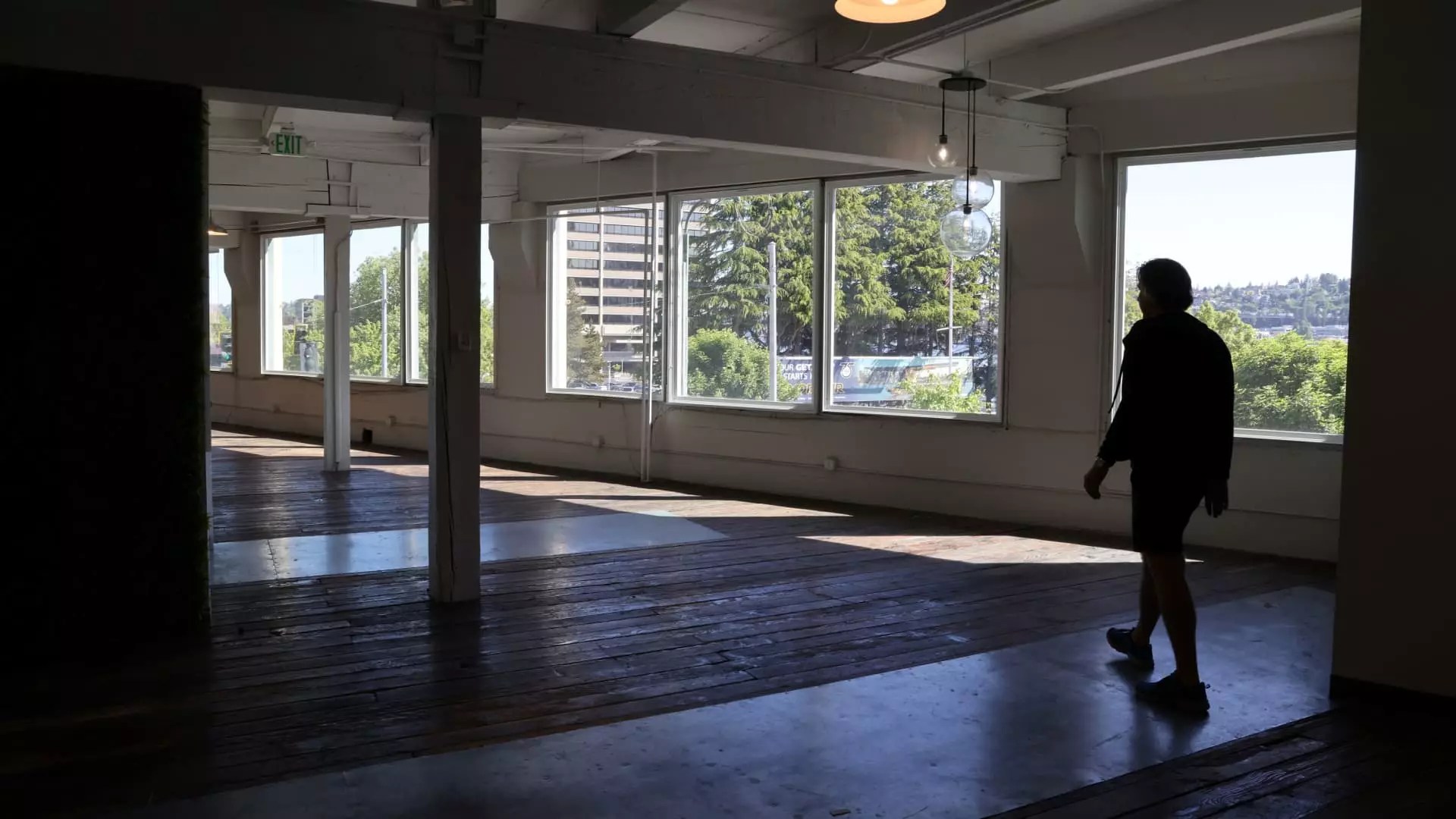The U.S. office market is undergoing a transformation that, while initially born from distress, encapsulates an optimistic shift towards adaptability and resourcefulness. For the first time in over two decades, we are witnessing an impressive trend where the rate of office demolitions and conversions has outpaced new constructions. The commercial real estate framework is experiencing a major paradigm shift, moving from a traditional model reliant on fixed office spaces to one more aligned with modern working preferences, particularly highlighted during the COVID-19 pandemic.
This bustling evolution is not merely a reaction to an immediate crisis; rather, it reflects an intentional pivot by both workers and employers. Flexibility has become a mantra, and as more companies embrace remote work, the demand for sprawling office layouts is diminishing. Remote work has triggered a reassessment of space utilization, challenging long-standing commercial property norms. For those who cling to an outdated vision of office employment, this transformation might appear alarming. However, it encapsulates a brilliant opportunity for innovation and a refreshing approach to work-life balance that ultimately holds potential for regional economic revitalization.
Positive Indicators Amidst High Vacancy Rates
Despite the persistent 19% vacancy rate, the landscape is not as dire as one may assume. On the contrary, there are signs suggesting a bounce-back in office occupancy. The dynamics of net absorption—recently positive after six quarters of negative performance—indicate that the marketplace is registering an uptick in occupied spaces. An 18% increase in office-leasing activity underscores this trend, hinting at a reinvigoration of demand in desirable locations.
Sure, the specter of high vacancy might be daunting, but it can also serve as a catalyst for landlords and developers to reevaluate their strategic focus. Not all office spaces are created equal; prime locations, particularly Class A properties, are drawing interest and recovering rents. This signals a bifurcated market where obsolete spaces are gradually being dismissed in favor of those that align with contemporary work practices. Understanding this dynamic is crucial for investors looking to navigate these uncharted waters.
The Economic Benefits of Conversion Projects
The burgeoning redirection of office spaces towards residential and mixed-use developments brings a wave of optimism, transforming deserted office buildings into vibrant communities. The conversion of over 85 million square feet of office real estate into multifamily residences is not merely a trend; it’s a necessity aligned with urban needs. Each conversion demonstrates a pragmatic response to housing shortages, with developers aiming to produce approximately 43,500 residential units in the near future. This dual-focus on professional and personal environments enriches neighborhoods, breathing new life into urban centers once dominated by nameless office towers.
The anticipation of a regenerated urban landscape cannot be overstated. Each conversion represents not only a new home but a community hub where people can gather, collaborate, and foster connections. Moreover, the resulting mixed-use developments can play an essential role in stimulating local economies, creating jobs, and attracting diverse populations to urban centers. This shift should not be viewed through a lens of nostalgia; rather, it encapsulates a progressive move toward functionality and sustainability in our cities.
Headwinds in a Bright Journey Ahead
Yet, while the news is predominantly positive, the office market’s future is not devoid of challenges. The very success of conversion projects is tempered by increases in the costs associated with construction materials and labor. The pool of office buildings ripe for conversion will likely diminish over time, leading to heightened competition for remaining viable properties.
It is crucial for developers to acknowledge these obstacles as they strategize for future investments. Adaptability and ingenuity will be the leaders in this arena—those who can innovate and evolve in the face of these financial pressures will find pathways to success amid high costs. As the office market edges towards a spirit of resilience and renewal, it is evident that the landscape is ripe for those willing to wager on transformation rather than clinging to past models.
In this tumultuous but transformative era, the U.S. office market stands at a unique intersection of challenges and opportunities. Those willing to embrace change will not only survive but thrive in this evolving landscape, underscoring the resilience and adaptability that defines the spirit of American entrepreneurship.


Leave a Reply